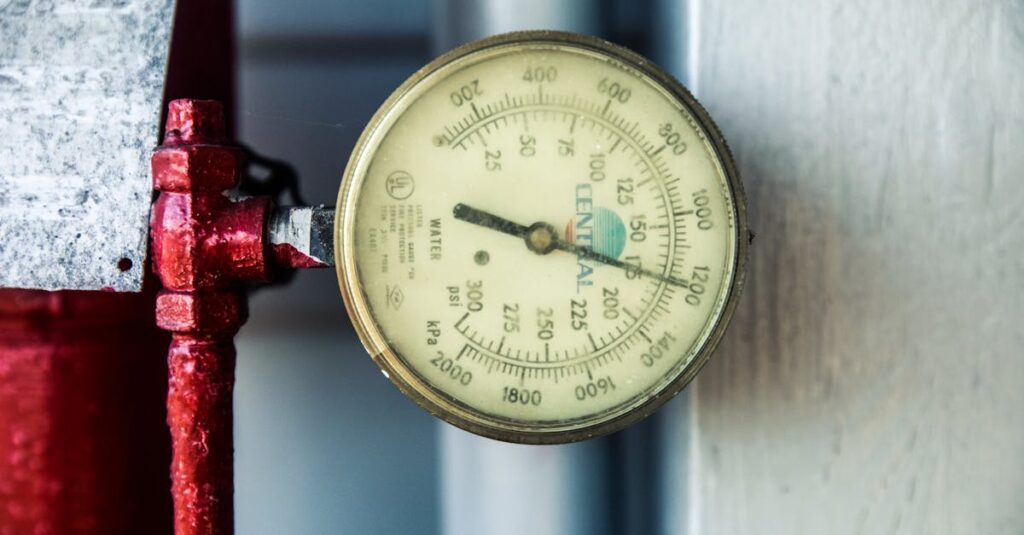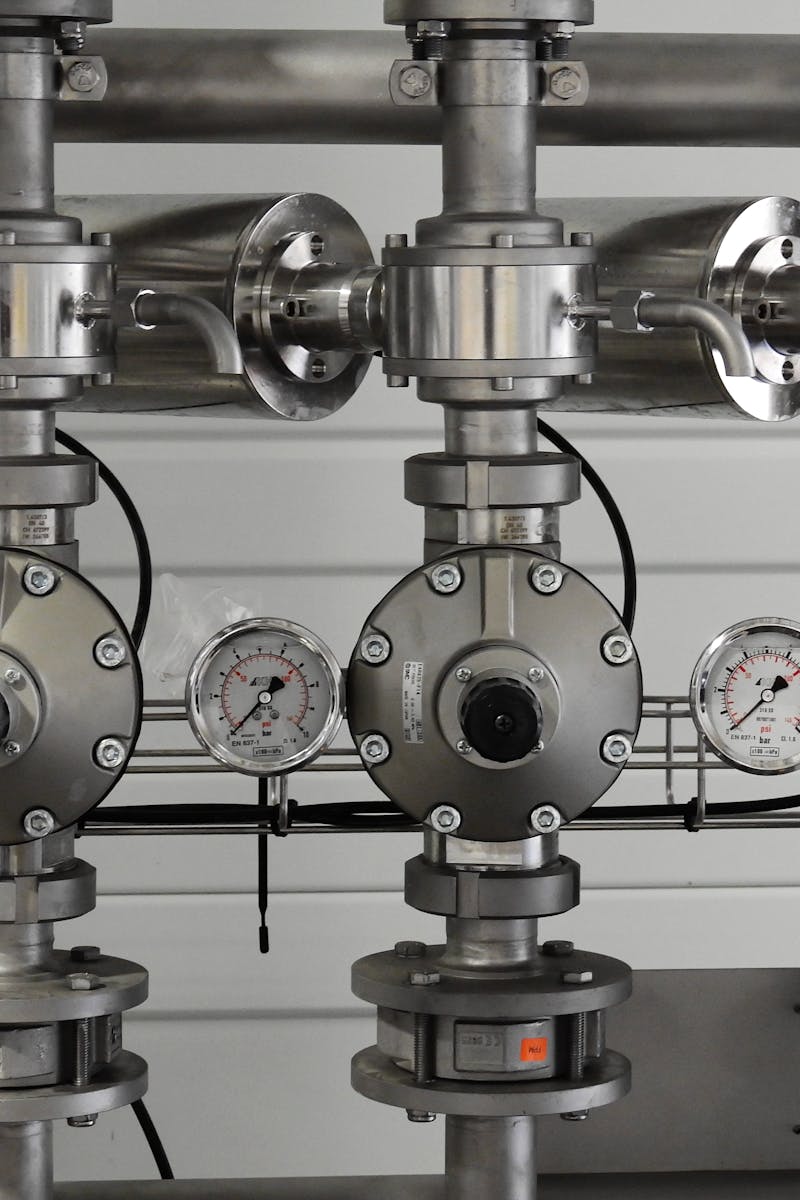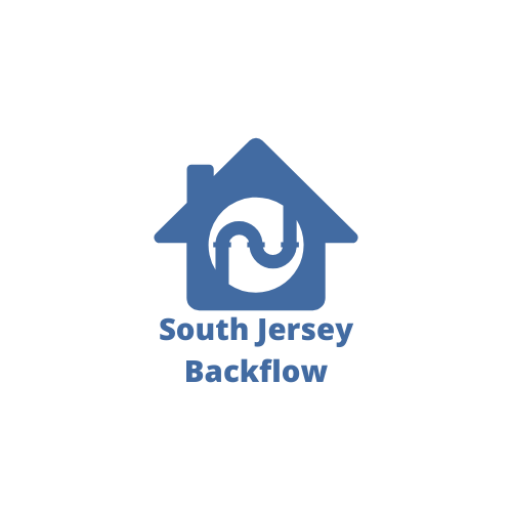Backflow Prevention Methods: Ensuring Safe and Clean Water
Backflow prevention is essential for maintaining a safe and clean water supply. Without the proper safeguards in place, contaminants from irrigation systems, industrial processes, and household plumbing can reverse flow into potable water lines. This article explores the most effective backflow prevention methods, their applications, and how South Jersey Backflow helps property owners stay compliant and protected.
Why Backflow Prevention is Necessary
Backflow occurs when a sudden change in water pressure causes contaminated water to flow backward into the clean water supply. This can introduce hazardous substances such as chemicals, pesticides, and bacteria into drinking water.
To prevent this, backflow prevention devices and methods are required by law in many commercial, industrial, and residential settings.

Common Backflow Prevention Methods
Several techniques and devices can be used to prevent backflow, each suited to different levels of risk and application.
1. Air Gap Separation
- How It Works: An air gap is a physical space between the water outlet and potential contaminants. This method ensures that even if back-siphonage occurs, contaminated water cannot reach the potable supply.
- Best For: Highly critical applications, such as water treatment plants, food processing facilities, and healthcare settings.
- Advantages: Simple, failsafe, and does not require mechanical maintenance.
2. Reduced Pressure Zone (RPZ) Assemblies
- How It Works: RPZ devices contain two independently acting check valves and a pressure relief valve that discharges water when necessary to prevent contamination.
- Best For: High-risk environments, including chemical plants, medical facilities, and fire protection systems.
- Advantages: Provides the highest level of protection for potable water supplies.
3. Double Check Valve Assembly (DCVA)
- How It Works: This device uses two spring-loaded check valves that close when backflow pressure is detected, preventing contaminated water from entering clean supply lines.
- Best For: Medium-risk situations such as residential irrigation systems, commercial plumbing, and sprinkler systems.
- Advantages: Reliable, cost-effective, and suitable for various applications.
4. Pressure Vacuum Breaker (PVB)
- How It Works: A PVB consists of an air inlet valve that opens when a pressure drop is detected, preventing back-siphonage.
- Best For: Lawn irrigation systems, outdoor hose bibs, and garden watering systems.
- Advantages: Easy to install and maintain, making it ideal for homeowners and businesses.
5. Atmospheric Vacuum Breaker (AVB)
- How It Works: AVBs use a check valve that prevents contaminated water from flowing backward into the potable supply.
- Best For: Low-risk residential applications such as outdoor faucets and small irrigation systems.
- Advantages: Affordable and requires minimal maintenance.
Choosing the Right Backflow Prevention Method
Selecting the appropriate backflow prevention method depends on factors such as:
Level of Contamination Risk
High-risk environments require RPZ assemblies, while lower-risk settings can use PVBs or AVBs.
Local Regulations
New Jersey water authorities enforce specific requirements based on property type and usage.
System Size and Water Pressure
Larger plumbing systems with fluctuating pressure may require RPZ or DCVA devices for optimal protection.

South Jersey Backflow: Your Trusted Prevention Experts
South Jersey Backflow specializes in:
Professional Installation
Ensuring compliance with NJDEP regulations and local water authorities.
Annual Testing & Certification
Keeping your backflow devices in proper working order to prevent contamination.
Emergency Repairs
Providing fast, reliable service to address backflow issues before they become major problems.
Conclusion
Backflow prevention is not just a regulatory requirement—it is essential for protecting public health and maintaining clean drinking water.
By understanding the different prevention methods and selecting the right solution for your property, you can ensure compliance and safety.
South Jersey Backflow is here to help with expert installation, testing, and maintenance services. Contact us today to schedule an inspection and safeguard your water supply!

